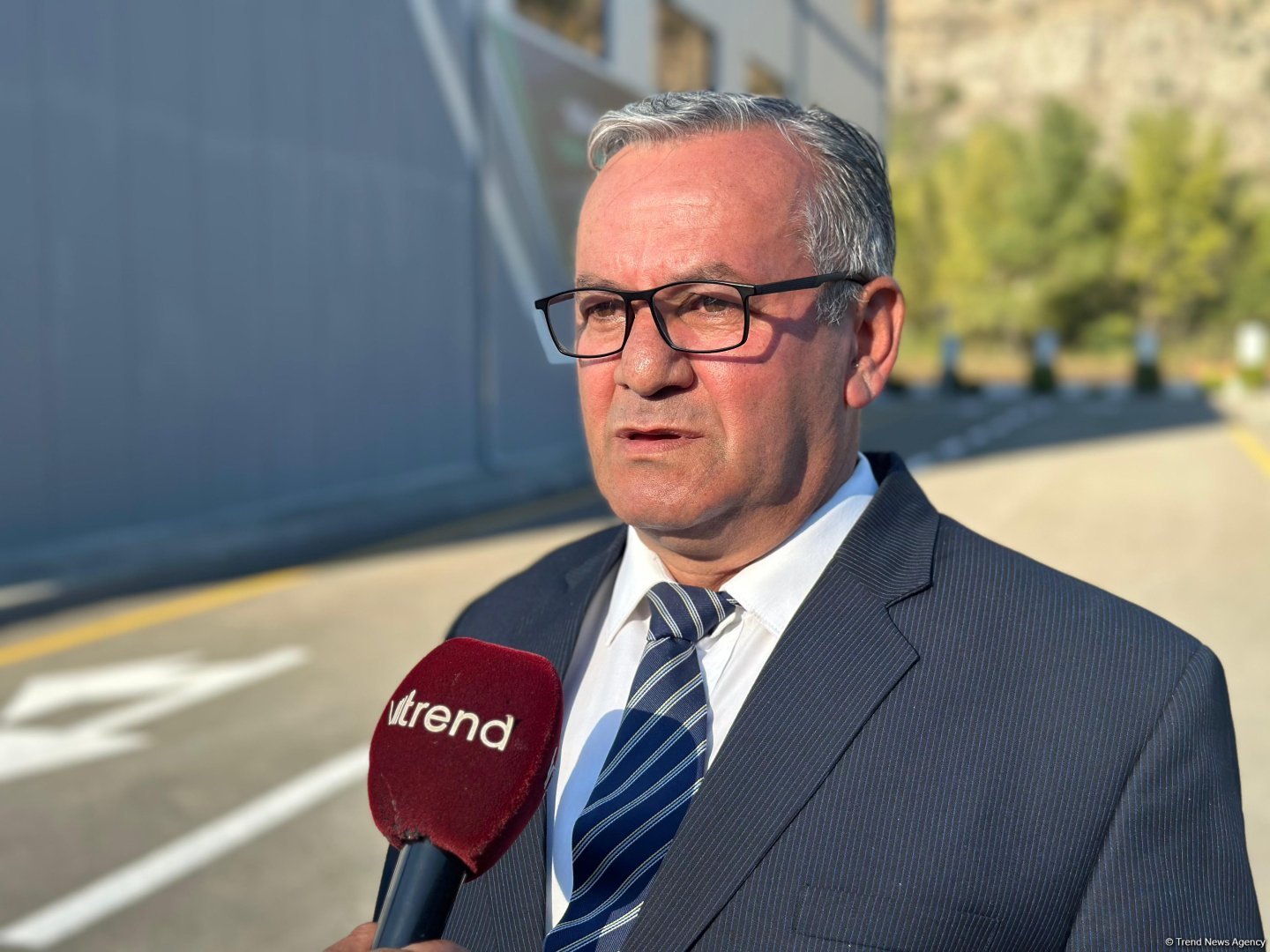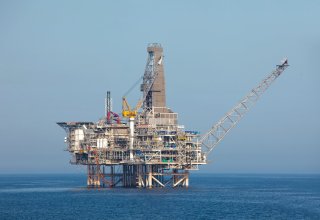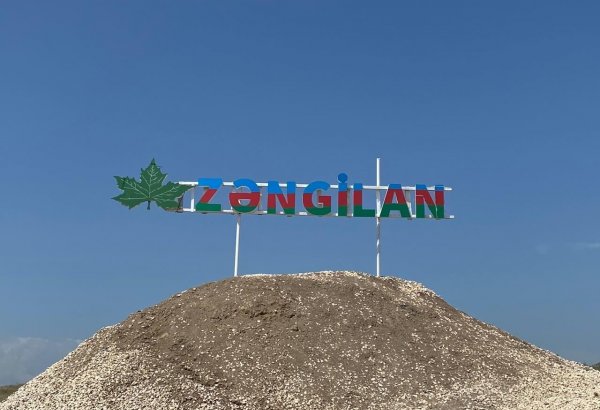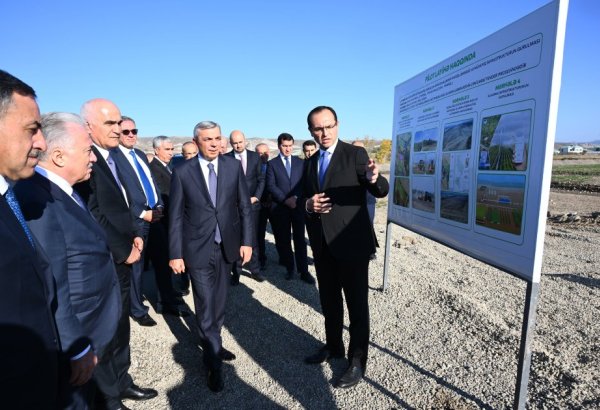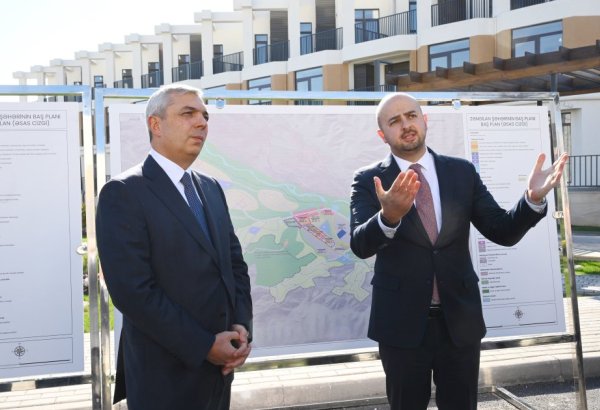ZANGILAN, Azerbaijan, October 7. "Sarigishlag" Hydroelectric Power Station (HEPS) is one of four hydroelectric power stations in Zangilan cycle, built by the cascade method on the Okhchuchay river, Director of Green Energy LLC under Azerbaijan's Azerenerji OJSC Ramiz Valiyev told reporters, TurkicWorld reports.
According to him, all work at the Sarygyshlag hydroelectric power station, built in accordance with the concept of a green energy zone, from the installation of diversion pipes, laying the foundation to the construction of a turbine room, installation of an open distributor, was carried out in full compliance with regulatory rules.
He pointed out that they’ve put down diversion pipes to make sure the water flows back to the river without a hitch, allowing 35 percent of the water from the main intake to stay put in the riverbed, safeguarding the local plants and creatures.
"The machine hall features two eco-turbines that can autonomously deactivate when river water levels decrease, so ensuring that the station maintains double the volume of water in the Okhchuchay river compared to the ecological flow.
A 110 kV outdoor switchgear has been established at the hydroelectric power plant, serving the "Sarigishlag" HEPS and enabling the transmission of "green energy" generated by the "Shayifli" HEPS. Both the substation and the hydroelectric power station incorporate digital equipment and an automated control system.
The "Sarigishlag" HEPS is projected to produce up to 33 million kilowatt-hours of energy per year, yielding savings of 7.4 million cubic meters of gas and averting the release of 13,000 tons of carbon dioxide into the atmosphere," he added.
To note, the 42-megawatt Zangilan cycle, made up of four hydroelectric power stations, including the "Sarigishlag" HEPS, stands tall as the largest cascade of power stations set up in the liberated territories.
The newly constructed cascade-type stations, designed by local experts, function at over 70 percent of their installed capacity. A portion of the energy generated here is utilized for internal requirements, while the remainder is distributed to the national energy grid. This bolsters the region's energy autonomy and aids in environmental conservation.








